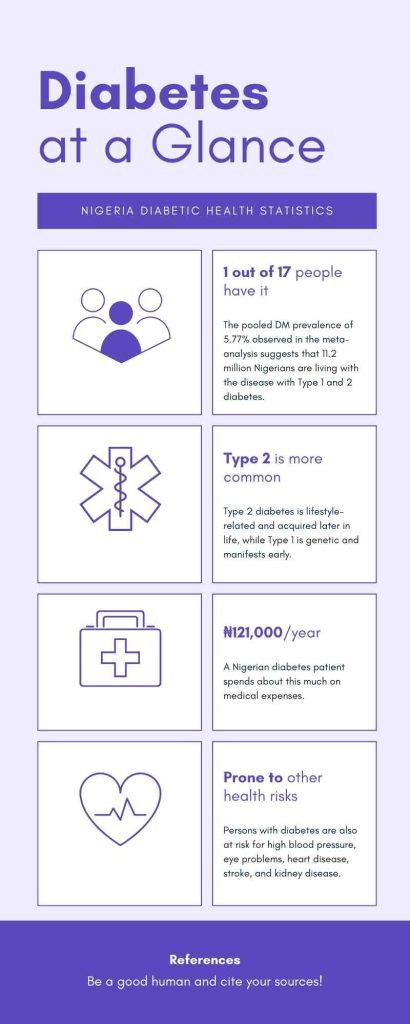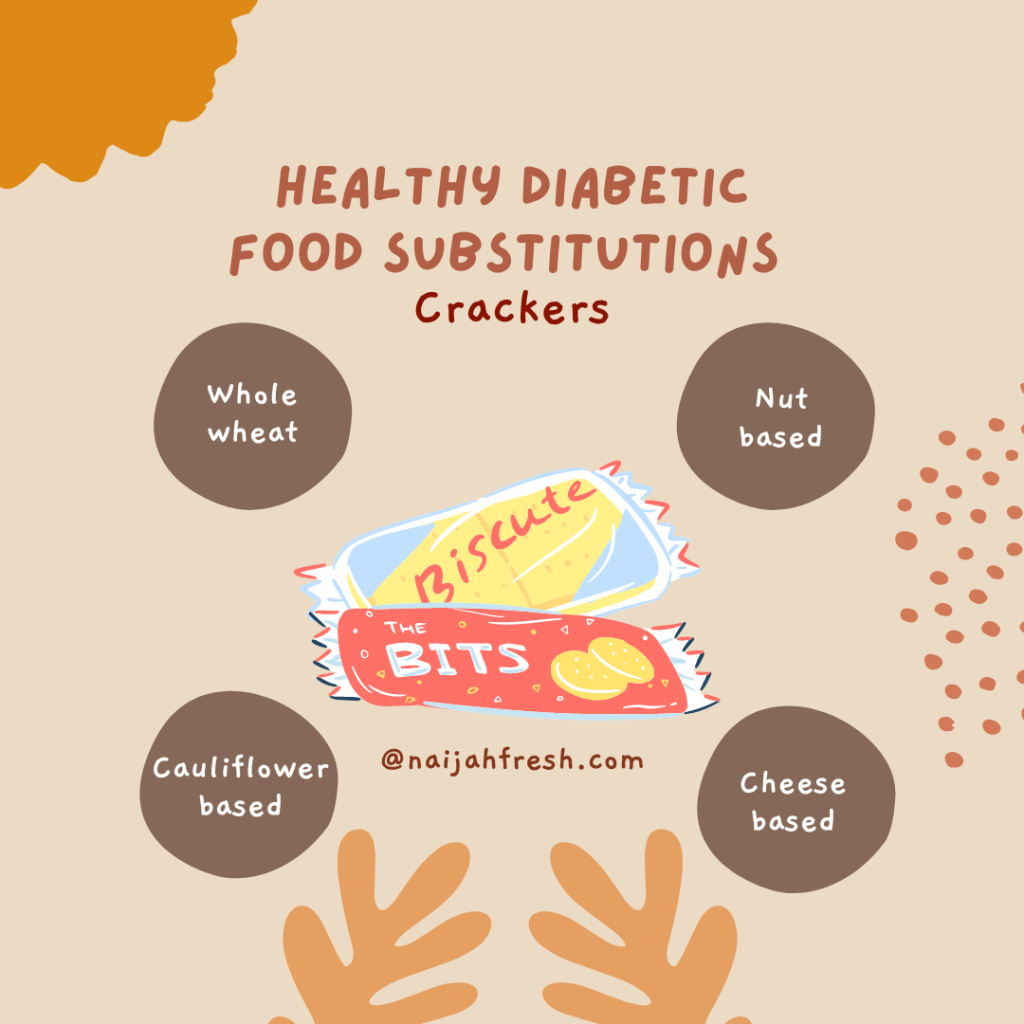Type 1 diabetes is an autoimmune disorder that typically develops in childhood. This type of diabetes occurs when the body’s immune system attacks and destroys the cells in the pancreas that produce insulin. People with type 1 diabetes must take insulin injections or use an insulin pump to manage their blood sugar levels.
Type 2 diabetes is the most common form of diabetes and typically develops in adulthood. This type of diabetes occurs when the body becomes resistant to insulin, causing blood sugar levels to rise. Type 2 diabetes can often be managed with lifestyle changes, including diet and exercise, as well as medications such as metformin. How to manage diabetes without medications, though, should be done under the supervision of a healthcare professional.
Gestational diabetes occurs in pregnant women and usually resolves after the baby is born. This type of diabetes occurs when hormones produced by the placenta make it difficult for the body to use insulin effectively. Women who develop gestational diabetes are at increased risk of developing type 2 diabetes later in life.

Causes of diabetes
There are a variety of factors that can contribute to the development of diabetes. Some people may be genetically predisposed to the condition, while others may develop it as a result of poor lifestyle choices or environmental factors.
One of the most common causes of diabetes is insulin resistance, which occurs when the body becomes less sensitive to insulin, the hormone that regulates blood sugar levels. This can be caused by several factors, including obesity, lack of physical activity, and poor diet.
Other risk factors for developing diabetes include high blood pressure, high cholesterol, and a family history of the condition. Certain ethnic groups, such as African Americans, Hispanics, and Native Americans, also have a higher risk of developing diabetes.
While some cases of diabetes may be unavoidable, there are steps that you can take to reduce your risk of developing the condition. Eating a healthy diet, exercising regularly, and maintaining a healthy weight are all important strategies for preventing diabetes.
If you already have diabetes, managing your diet is crucial to controlling your blood sugar levels and preventing complications. By following a healthy eating plan, you can improve your insulin sensitivity and reduce the need for medication. Some people can manage their diabetes without medications by making dietary changes and increasing physical activity. So don’t underestimate the power of nutrition when it comes to managing your diabetes.
Prevention of diabetes
It is essential to take steps to prevent diabetes from occurring in the first place. While there are some factors such as age, genetics, and ethnicity that cannot be controlled, there are several things that individuals can do to lower their risk of developing diabetes.
Maintaining a healthy weight is one of the most significant ways to prevent diabetes. Obesity and a sedentary lifestyle increase the risk of developing type 2 diabetes significantly. By maintaining a healthy weight, individuals can reduce the strain on their body, including the pancreas, which produces insulin.
Another important step in diabetes prevention is managing blood pressure and cholesterol levels. High blood pressure and high cholesterol increase the risk of developing diabetes and can lead to complications in those who already have diabetes. It is crucial to work with a healthcare professional to manage these levels through diet and medication if necessary.
Eating a healthy diet is another way to prevent diabetes. A diet that is high in fibre, whole grains, and low in sugar and saturated fats is beneficial. It is important to consume a variety of fruits and vegetables as well as lean proteins, such as fish or chicken.
Finally, regular exercise can help to prevent diabetes. Exercise improves insulin sensitivity and helps to regulate blood sugar levels. Even moderate exercise, such as a brisk walk, can help reduce the risk of developing diabetes.
By taking these steps to prevent diabetes, individuals can lower their risk of developing the condition and live a healthier, happier life.
Nutrition and Diabetes

When it comes to managing diabetes, nutrition plays a crucial role. The food we eat directly affects our blood sugar levels, so it is essential to be mindful of our diet.
A balanced and healthy diet can help individuals with diabetes regulate their blood sugar levels and maintain overall health. Here are some tips on how to eat well with diabetes:
- Focus on whole foods: Choose foods that are as close to their natural state as possible. Fresh fruits and vegetables, whole grains, lean protein, and healthy fats are great options.
- Portion control: It is important to watch your portion sizes, especially when it comes to carbohydrate-rich foods. Too many carbs can cause a spike in blood sugar levels. Work with a registered dietitian to determine how much of each food group you should be eating.
- Choose low glycemic index foods: The glycemic index is a measure of how quickly a food raises blood sugar levels. Foods with a high glycemic index should be avoided or consumed in moderation. Low glycemic index foods include most non-starchy vegetables, legumes, and nuts.
- Limit saturated and trans fats: Saturated and trans fats can increase the risk of heart disease. Instead, choose healthy fats like olive oil, avocados, and nuts.
- Stay hydrated: Drinking plenty of water can help regulate blood sugar levels and prevent dehydration, which can be a concern for people with diabetes.
It is also important to avoid sugary drinks, processed foods, and foods high in saturated and trans fats. Be sure to read labels carefully and choose foods with little added sugars and saturated and trans fats.
In summary, a balanced and healthy diet can help individuals with diabetes manage their blood sugar levels and maintain overall health. It is essential to work with a registered dietitian to create a personalized meal plan that meets your specific needs.
Foods to eat if you have diabetes
Managing diabetes through diet is all about choosing the right types of food to eat. This is because certain foods can cause spikes in blood sugar levels, while others can help regulate and maintain them. If you have diabetes, incorporating the following foods into your diet can be beneficial:
1. Non-starchy vegetables – These vegetables include greens, broccoli, peppers, mushrooms, and cauliflower. These are packed with nutrients and fiber, and they don’t significantly affect blood sugar levels.
2. Whole grains – Examples of whole grains include brown rice, quinoa, whole-wheat bread, and oats. They’re a good source of fiber and help slow down the digestion of carbs, thus preventing blood sugar spikes.
3. Lean protein – Good sources of lean protein include chicken, turkey, fish, and legumes. Protein helps to balance blood sugar levels and promote feelings of fullness, which can help with weight management.
4. Healthy fats – Examples of healthy fats include olive oil, avocados, nuts, and seeds. These can help improve cholesterol levels and lower the risk of heart disease.
5. Low-fat dairy – Good sources of low-fat dairy include Greek yogurt, cottage cheese, and skim milk. Dairy products provide calcium and vitamin D, which are important for bone health.
It’s also important to stay hydrated by drinking plenty of water throughout the day. Additionally, portion control is essential when managing diabetes. This means eating smaller, more frequent meals to avoid blood sugar spikes.
Incorporating these foods into your diet can help you manage your diabetes and maintain overall health. It’s always best to consult with a healthcare professional or registered dietitian for personalized dietary advice and to make sure that any changes to your diet are appropriate for your individual needs.
Foods to avoid with type 2 diabetes
When managing type 2 diabetes, it’s important to watch what you eat and avoid certain foods. Here are some of the foods you should steer clear of:
1. Processed foods: Processed foods tend to be high in sugar and refined carbs, which can cause blood sugar levels to spike.
2. Sugary drinks: Sodas, juices, and other sweetened drinks can cause a rapid rise in blood sugar levels and lead to weight gain.
3. White bread, pasta, and rice: These refined carbohydrates can cause a spike in blood sugar levels and should be limited.
4. Fried foods: Fried foods are typically high in unhealthy fats and calories and can cause weight gain, which is a risk factor for type 2 diabetes.
5. High-fat dairy products: High-fat dairy products such as whole milk, cheese, and ice cream can cause a rapid rise in blood sugar levels.
6. Candy and sweets: These sugary treats can cause blood sugar levels to spike and should be avoided or limited.
By avoiding these foods, you can help manage your blood sugar levels and improve your overall health. Instead, focus on eating a balanced diet that includes plenty of vegetables, whole grains, lean protein, and healthy fats.
Some habits are also discouraged. The National Institute of Diabetes and Digestive and Kidney Diseases has affirmed the management of diabetes by quitting smoking.

